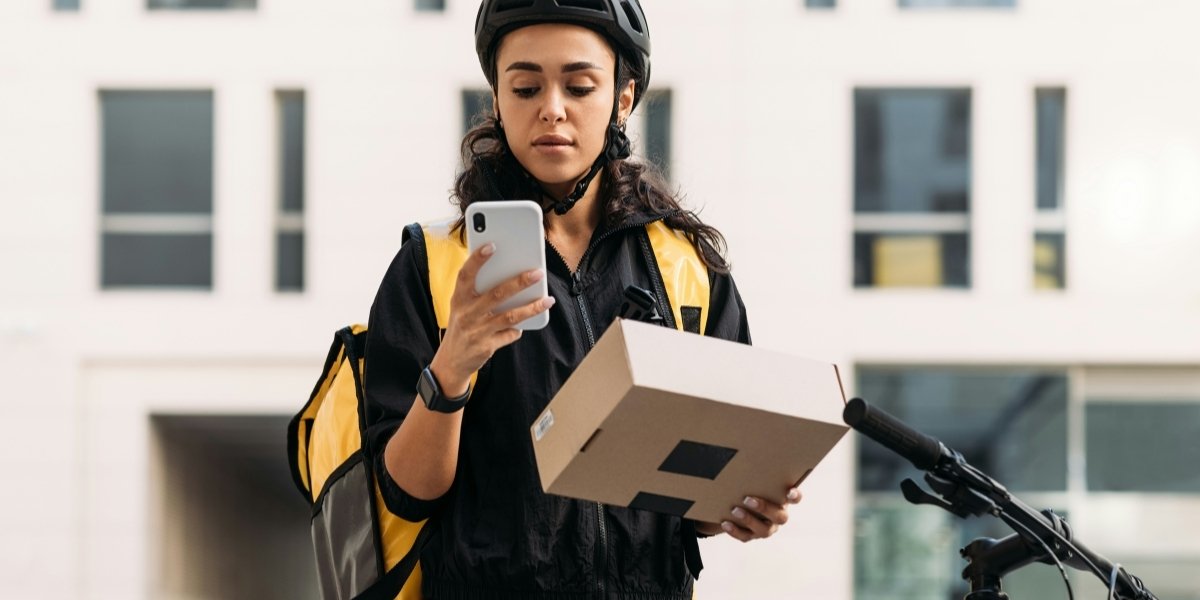Entrepreneurs are increasingly turning to large language models (LLMs) for viral campaigns, using AI-driven tools to craft engaging content and optimize messaging. These models assist in generating compelling narratives, predicting emerging trends, and personalizing communication to capture audience interest. The ability to create, test, and refine messaging quickly has made AI an essential part of digital marketing strategies.
Read also: Digital Transformation: Why Your Business Can’t Afford to Wait
Why Are LLMs Gaining Popularity in Viral Marketing?
Success in viral marketing often hinges on timing, relevance, and engagement. LLMs analyze vast amounts of online data, allowing businesses to understand what captures attention and resonates with audiences. By identifying patterns in viral content, AI-powered tools help entrepreneurs craft messages that align with audience preferences.
One advantage is the ability to generate high-quality content instantly, including advertising copy, social media captions, and even longer-form storytelling. With the capability to test multiple variations, businesses can refine their messaging in response to engagement data, enhancing the chances of widespread appeal. However, while AI can produce compelling content, human oversight remains essential to ensure authenticity and brand alignment.
How Do Entrepreneurs Use LLMs to Detect Emerging Trends?
Understanding what will capture public interest before it becomes mainstream can give businesses a competitive edge. LLMs assist by analyzing online discussions, social media conversations, and news articles, identifying shifts in public sentiment and emerging topics that could gain traction.
Rather than relying solely on intuition, entrepreneurs can use AI-generated insights to shape content strategies around what is most likely to resonate with audiences. This approach allows businesses to stay ahead of trends rather than reacting to them after they have already gained momentum. However, while AI can indicate potential trends, human judgment remains necessary to determine which ones align with a brand’s identity and goals.
Can LLMs Make Marketing More Personalized?
Personalization plays a crucial role in viral marketing, as people engage more with content that feels relevant to their interests, emotions, or values. Entrepreneurs leverage LLMs to tailor content to different audience segments, adjusting messaging based on preferences, behaviors, and past interactions.
By analyzing user engagement patterns, AI can help businesses create messaging that feels more conversational and relatable, increasing the likelihood of shares and discussions. However, while AI can enhance personalization, striking the right balance is essential. Over-reliance on automated responses can sometimes make interactions feel impersonal if not carefully monitored. Entrepreneurs who integrate human touchpoints alongside AI-driven communication are more likely to build lasting connections with their audiences.
How Do LLMs Help Create Attention-Grabbing Social Media Content?
Engaging content often starts with a strong hook—a phrase or headline that immediately captures interest. LLMs assist by analyzing patterns in high-performing social media posts, generating captions, headlines, and descriptions optimized for engagement.
Entrepreneurs use AI to test different variations of wording, ensuring that content aligns with audience preferences. This data-driven approach allows businesses to refine their messaging based on real-time feedback. While AI can suggest phrasing that aligns with viral trends, human input is necessary to ensure brand consistency and authenticity. The combination of AI-assisted content generation and human creativity helps maximize the impact of social media campaigns.
Can LLMs Improve Audience Engagement and Interaction?
Managing audience interaction is a challenge, especially during viral campaigns where engagement levels spike. Entrepreneurs use LLM-powered chatbots and content assistants to respond to comments, messages, and mentions in real time, keeping conversations active and engagement levels high.
AI models can generate responses that align with brand voice, helping businesses maintain a consistent presence online. By ensuring prompt interactions, businesses increase the likelihood of deeper audience participation, as social media algorithms tend to prioritize content with active discussions.
Although automation streamlines engagement, human oversight remains essential. AI-generated responses should be carefully reviewed to maintain authenticity and avoid potential misinterpretations. A combination of AI-driven efficiency and human interaction provides a more effective approach to audience engagement.
How Do LLMs Assist in Optimizing Campaign Performance?
Viral campaigns require continuous monitoring and adaptation. Entrepreneurs use LLMs to analyze engagement rates, audience sentiment, and content performance, allowing for real-time adjustments to marketing strategies.
With AI’s ability to process vast amounts of data, businesses gain insights into what elements of a campaign are working and where improvements are needed. This allows for data-driven decision-making, helping businesses refine messaging, visuals, and engagement tactics based on audience responses. While AI can provide valuable insights, human expertise is necessary to interpret data within the broader context of brand strategy.
Can LLMs Generate Creative Ideas for Viral Campaigns?
Creativity is a critical element in viral marketing, but generating fresh ideas consistently can be challenging. Entrepreneurs use LLMs as brainstorming tools, providing prompts and letting AI generate potential concepts, storylines, or campaign angles.
Since LLMs are trained on a wide range of topics, they can introduce unique perspectives and unexpected connections, helping businesses develop innovative content strategies. However, AI-generated ideas should always be reviewed and refined by creative professionals to ensure originality and relevance. The most successful campaigns often combine AI-assisted creativity with human storytelling expertise.
Are There Risks in Using LLMs for Viral Marketing?
While LLMs provide significant advantages, entrepreneurs should approach AI-driven marketing with careful oversight. AI-generated content, if not properly reviewed, may lack nuance or fail to capture cultural sensitivities, potentially leading to unintended misunderstandings.
Additionally, over-reliance on AI for content creation and engagement may reduce the authenticity that audiences value. Viral marketing is often built on genuine emotions and human connection, making it essential for businesses to balance automation with personal interaction. Entrepreneurs who integrate AI strategically while maintaining brand identity and human oversight are more likely to achieve meaningful engagement.
Read also: Trends in Search Engine Marketing
Why Are Entrepreneurs Investing in LLMs for the Future of Marketing?
As AI technology evolves, entrepreneurs continue exploring new ways to enhance digital marketing strategies using LLMs. The ability to generate personalized, data-driven content at scale offers businesses a way to stay relevant in a fast-changing landscape.
While AI can optimize content creation and engagement, human creativity, judgment, and oversight remain indispensable. The most effective viral campaigns blend AI’s analytical capabilities with a human touch, ensuring content resonates authentically with audiences. Entrepreneurs who adopt AI responsibly while prioritizing audience trust and engagement are better positioned for long-term success.








